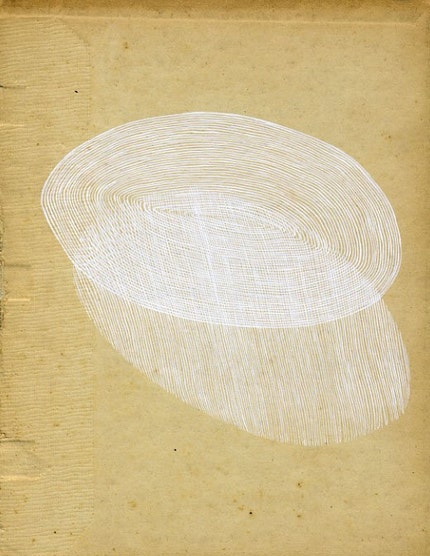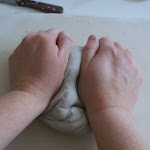By Roger from hospitality management schools
Jean-Luc Goddard, famed Swiss French film director and critic once said, "Art attracts us only by what it reveals of our most secret self." Here, Goddard aptly noted what it is about art that makes us a appreciate it--it connects the work, the artist, and ourselves into a seamless unit.
Although we may not be artists ourselves, we can look at a work of art and recognize something profoundly true about an individual mind as well as about the human condition as a whole. That being said, anyone can appreciate art. But simply walking through an art gallery doesn't qualify as viewing art. Here are some tips to get you started on looking at art so that it moves you in an exciting way.
 by restlessthings
by restlessthings1. Check preconceptions at the door.
Don't come in with any specific expectations. The best way to look at a piece of art is with a blank slate. Why? This is because when we approach something without any preformed ideas, we are approaching it with an open mind. Even if you've seen a particular artist's other works before, try to view as if viewing for the first time.
2. Spend several minutes taking in the piece.
While it is tempting to take one look at an artwork and move on to the next piece, you'd be surprised by how much you can miss if you leave too quickly. First just get a general idea, then move up closer and look for details.
3. Note how a piece makes you feel.
Although "feelings" and art are a rather vague notion that can't be properly translated into words, art appreciation isn't about "being cultured" or what have you. It's about your personal reactions. Viewing a piece of art and being aware of your physical and emotional reactions is what makes the process so rewarding.
4. Read the title and background information afterwards.
The other aspects of artwork aside from the piece itself can help you to gain some sort of context. While a good piece of art should transcend its historical context, it's good to get this other information in order to deepen your sense of where and under what circumstances the artist created the work. It also gives you better insight into what the artist was hoping to accomplish and convey.
Since viewing art is a highly personal experience, there is no one way to do it correctly. However, if you want to be methodical about it, these are only some general tips to get you started. Whatever you do, always remember that an artist put much thought and a lot of work into any given piece in order to bring you, her audience, pleasure or at least food for thought. Do the artist and art in general a favor by taking the time to look every work over carefully. Of course, there will be some that you don't quite understand or don't particularly like, but be sure to give each work a shot.
Feel free to drop me a comment or your thoughts at my e-mail (Roger Elmore).









